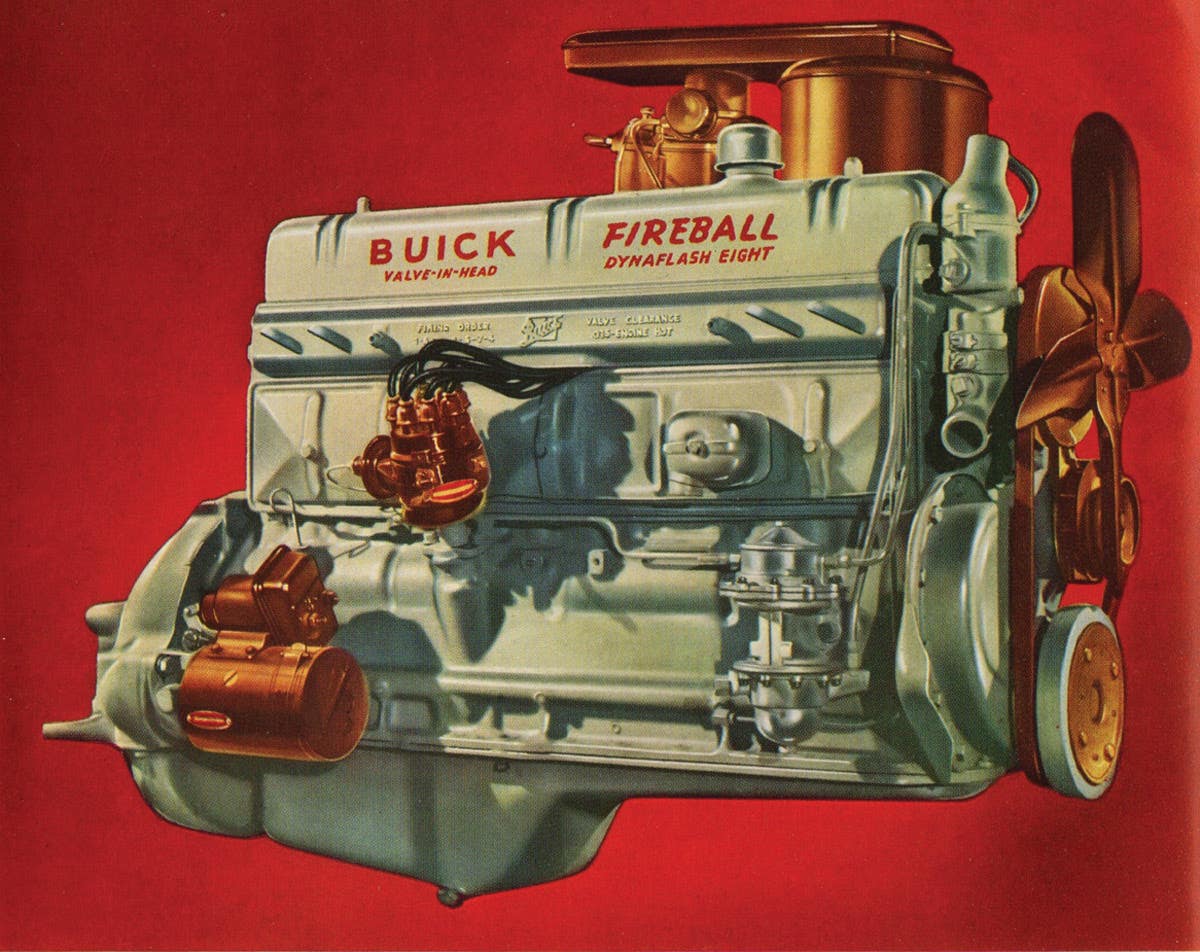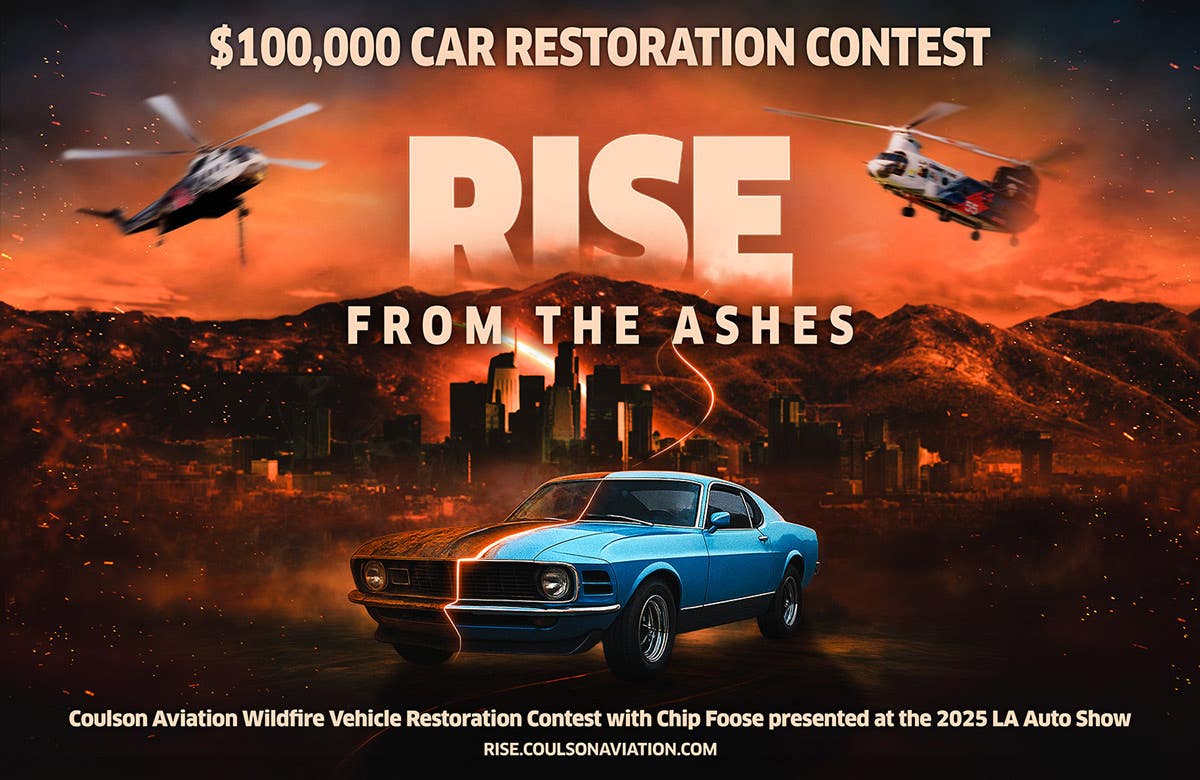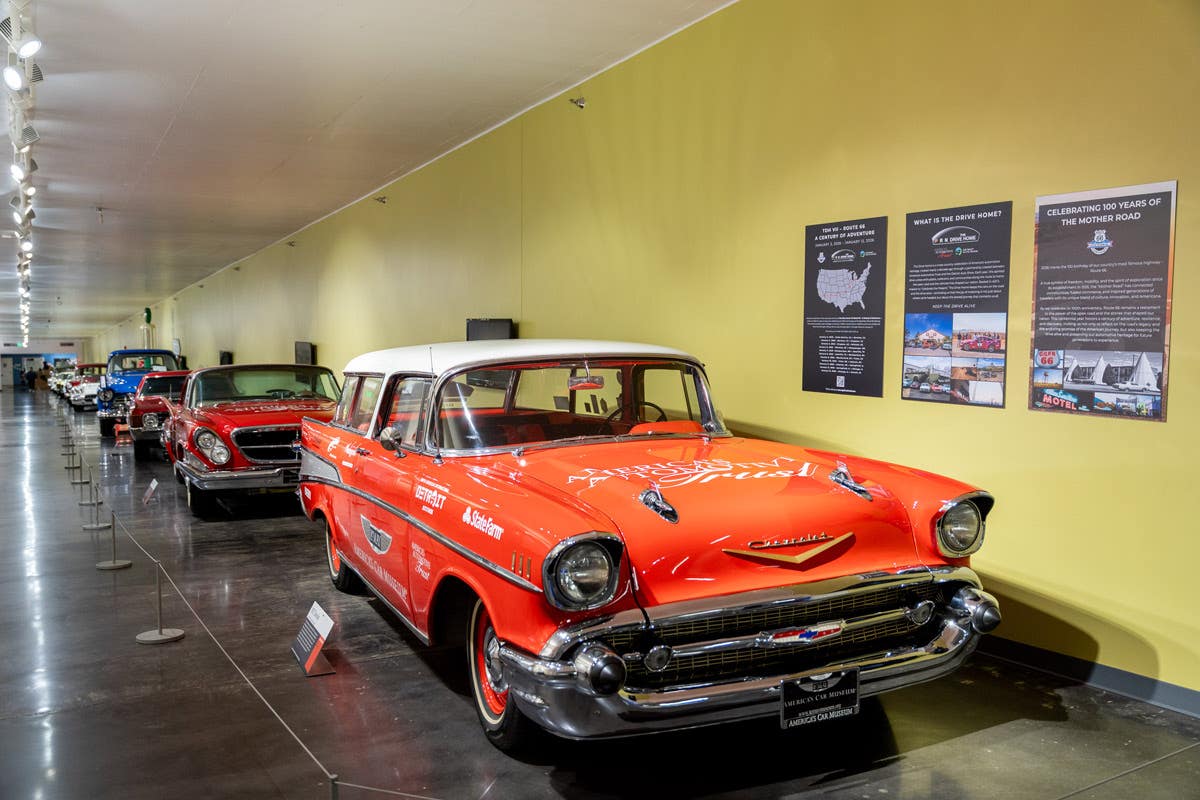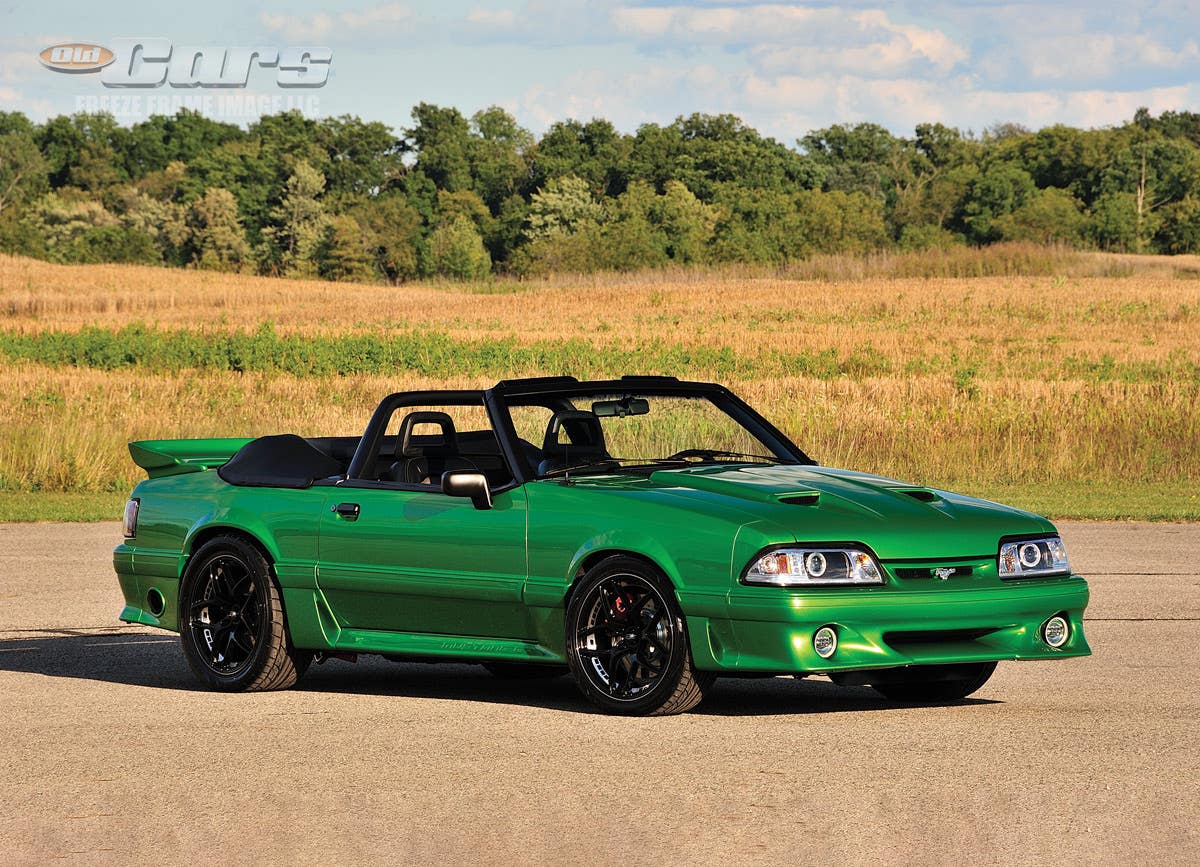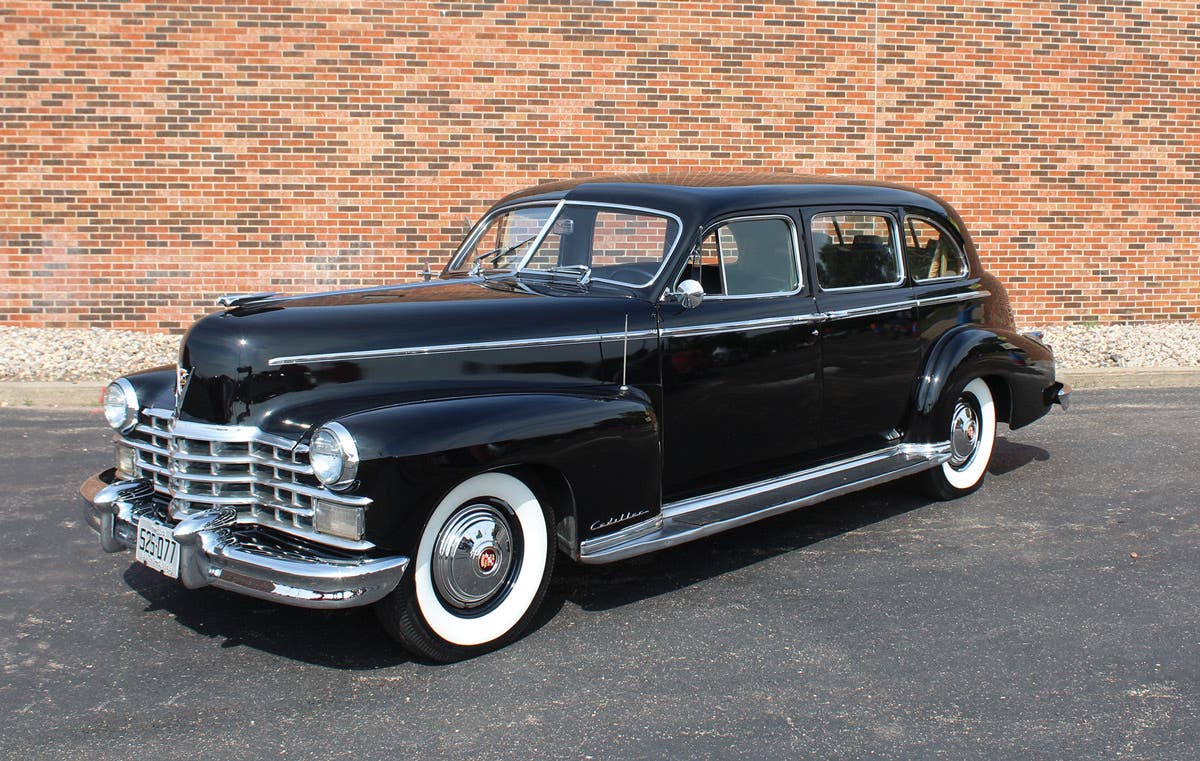The Graying of the Hobby
I’m sure you’ve heard the old adage “every car tells a story.” In most cases, those stories involve how the car was purchased, who owned it, how it came to…
I’m sure you’ve heard the old adage “every car tells a story.” In most cases, those stories involve how the car was purchased, who owned it, how it came to be restored and other such facts of the vehicle’s ownership history.
However, as you take a car apart to restore it, you will run into other stories or questions as well. Or you might find out things about a certain car company’s production techniques that surprise you. In addition, you mighty get a hint of how life was different in the era that the car was built.
Here’s an example of each of these situations from an early postwar Mopar we are working on.
There has to be a story behind the brakes on the car. For one thing, the brake lines looked new and were attached very neatly to the frame, but they weren’t “factory.” Instead, they looked like the machines in a hospital that show you your pulse. We could only surmise that the person who made the lines did not have a flaring tool, so he bent them in “hill and valley” style to make them fit.
On the rear of the car, the brakes on the passenger side looked new. Even the backing plate was shiny. The shoes had plenty of “meat,” even though they had been ruined by dirt and leaking oil. But, on the other side of the car, there were no brake shoes or hardware. There was a shiny backing plate, a new-looking wheel cylinder and nothing else! Another story? The mystery of the half-done brake job? Better get Perry Mason on the job.
When we do restorations we tend to blast all the dirt and rust off the bottom and paint the underside black. It just seems natural that cars would be black underneath. However, when we dropped the gas tank on this car, they area above it was finished in gray! Who would-a thunk it?
This particular Mopar was filthy, greasy, grimy, grungy and crudded up underneath, but was virtually rust free. All of the road dirt on the bottom of the car told us something about life in the postwar period. This was a time before the widespread use of PCV valves; a time when gaskets weren’t as high tech as they are today; a time when piston rings didn’t seal like they do now.
Cars leaked a lot back then. They oiled the roads. And the oil that dripped on the roads got kicked up to stick on the underside of cars. Cars got a lot dirtier than they do in 2014. However, in some cases—like this car—the oil drips preserved them well.
The moral of my story is that some people don’t understand all this. They think restoration involves only paint, bodywork and mechanical repair, but they’re wrong. Restorers preserve history and some times they even unearth new historical facts.
Every restoration tells a story.



